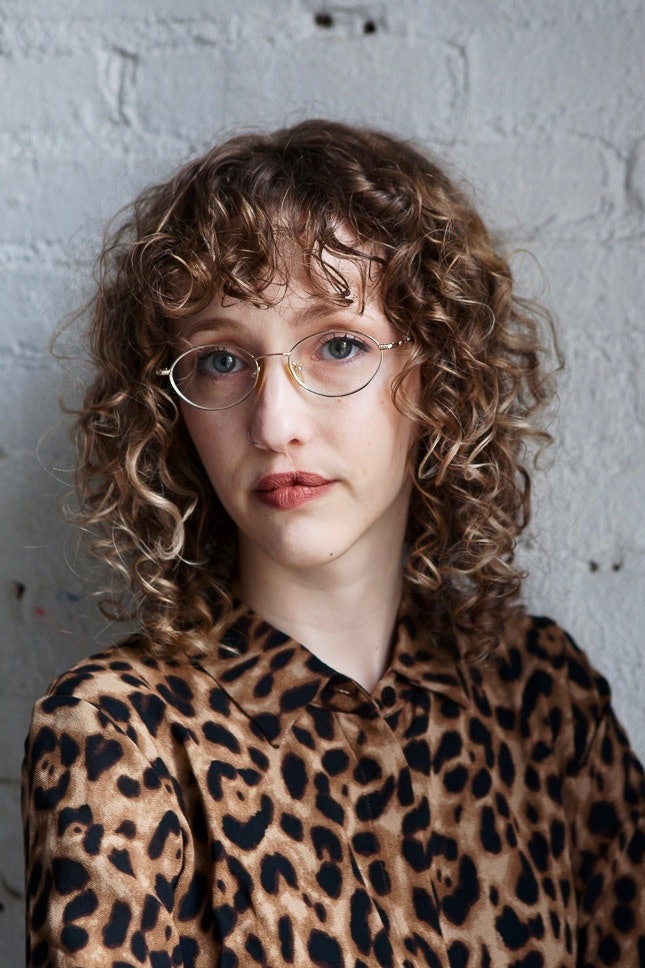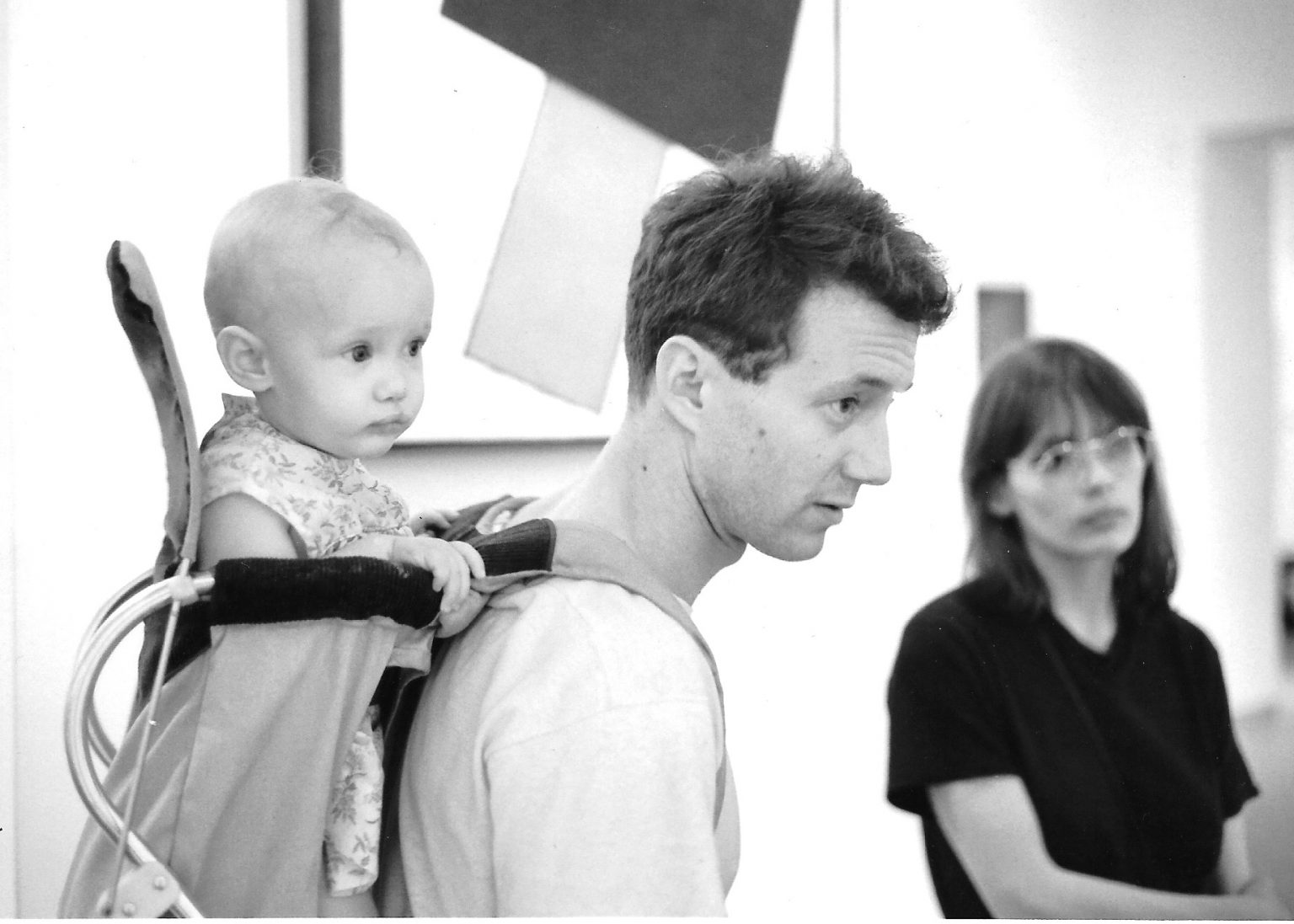
But I think making space for that theoretically is very different from actually being comfortable with and knowing how to feel and express anger when you’ve been taught for a lifetime not to. We’re starting to make space for anger and demanding better treatment and equality. Lilly Dancyger: It’s important because women’s anger is finally being discussed in the political world, and we’re finally understanding how much women have been pushed into a corner.

Why is a book like this important in our current time? In the Q&A below, Dancyger talks about the process of editing essays on anger, how it has changed her own writing, and why she thinks "anger is a natural response to … all the bullsh*t that everybody deals with, but that women deal with in a particular way." "I want readers to realize that it’s fine and normal and healthy and good to get angry," she tells Bustle. "I wanted this to be a place where our anger could live," Dancyger writes in the book's introduction, "a place for us to take up space after generations of being told to shrink, to rage after a lifetime of being told to behave." Unlike those books, Burn It Down is about acknowledging anger, not using it as a tool. Cooper’s Eloquent Rage: A Black Feminist Discovers Her Superpower, all of which were published in 2018.


In a third, Evette Dion describes the anger she has felt all her life and the connections between rage, fatness, and Blackness.ĭancyger’s anthology is the latest addition to a canon of nonfiction books about women’s anger, which includes titles like Rebecca Traister’s Good and Mad, Soraya Chemaly’s Rage Becomes Her: The Power of Women’s Anger, and Brittney C. In another, Rios de la Luz writes about a childhood sexual assault and the lifetime of anger that has followed. In one essay, Leslie Jamison explores her lifelong aversion to anger. In Burn It Down: Women Writing About Anger, an anthology of 22 essays edited by Lilly Dancyger, that anger is given space to erupt. Women's rage has never blazed so brightly.


 0 kommentar(er)
0 kommentar(er)
